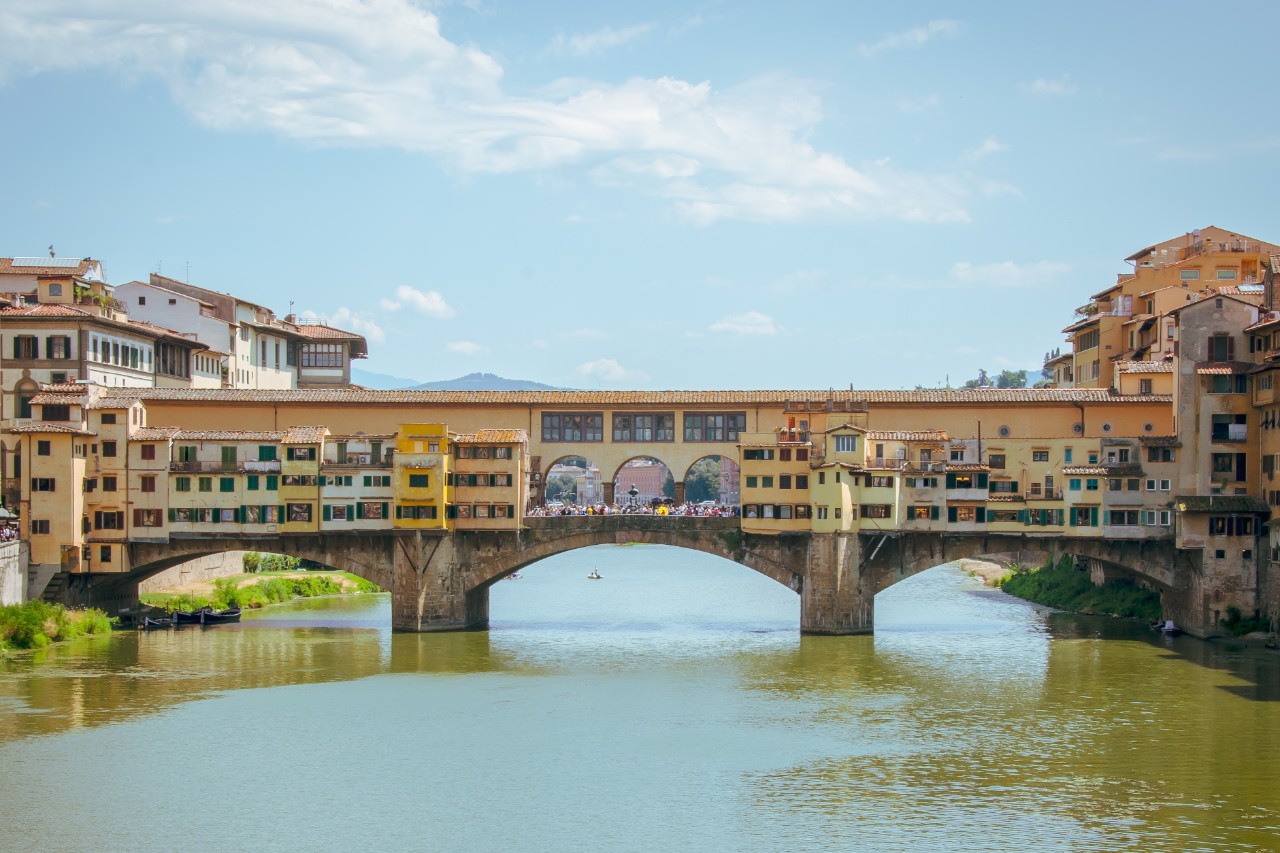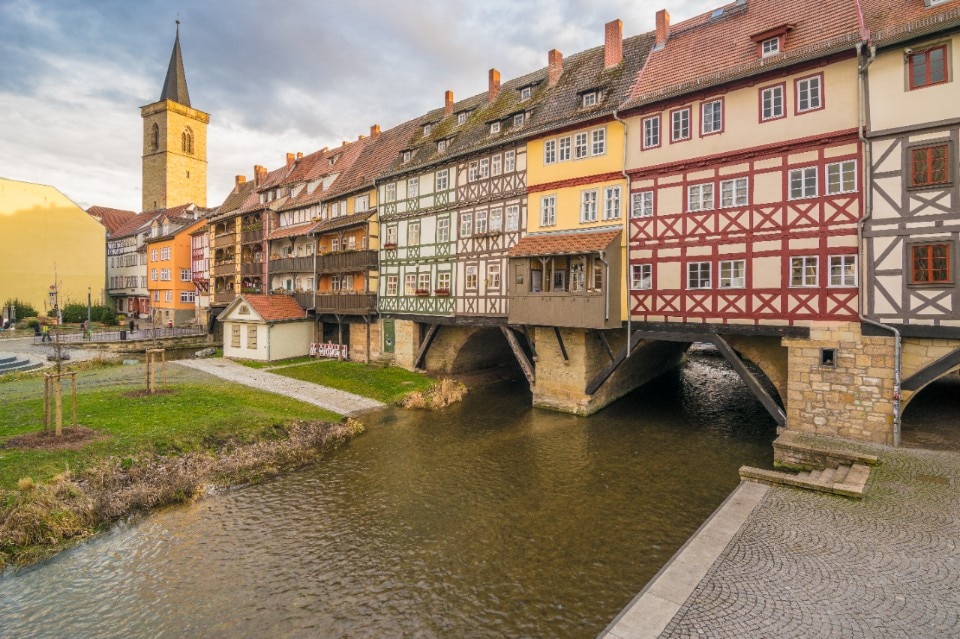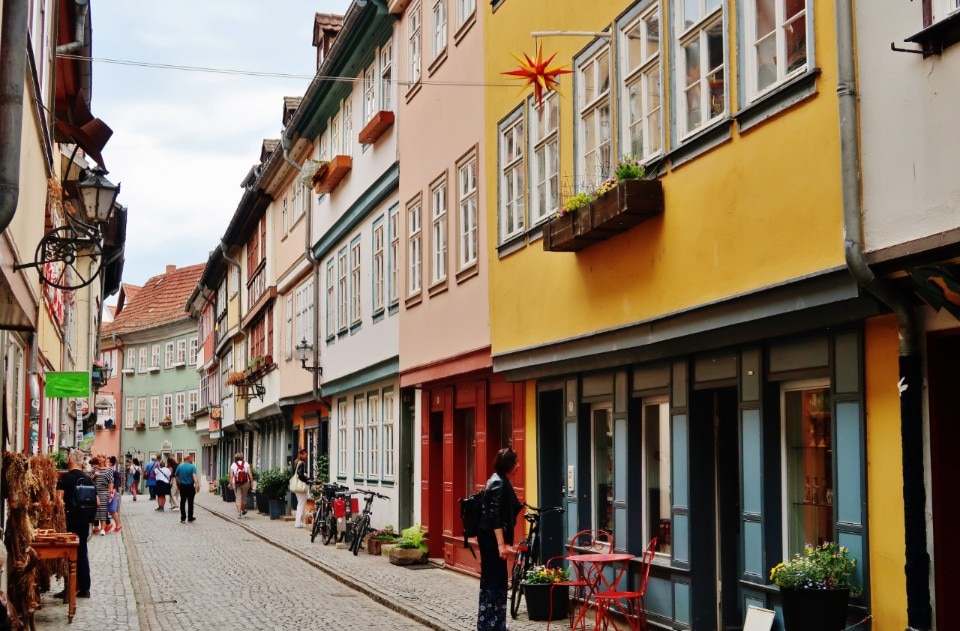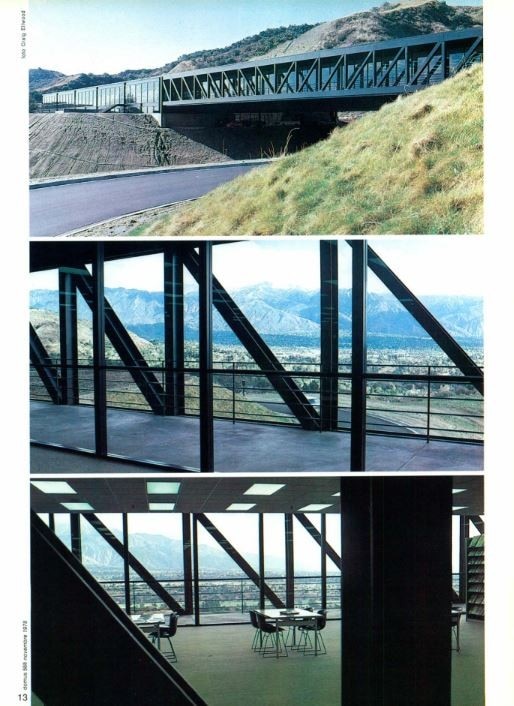Over a river, over the sea, over a valley; pedestrian, railway, road; fixed or moving: over the centuries the bridge has evolved from a technical and figurative point of view but has always retained the semantics of an element connecting what was previously separated.
And this role as a trait d'union is not without conflicting significance: from an instrument that has made dialogue and exchange possible, not only of goods, but also of cultures and knowledge, to an archetypal metaphor of human hybris that challenges the natural conformation of the territory through man-made works. Examples of this over time are the numerous dramatic episodes of collapse, from the London Bridge swept away by the tornado of 1091 to the Morandi bridge in Genoa destroyed by neglect.
Regardless of philosophical evaluations and natural or anthropic accidents, among the different forms of this connective infrastructure, the inhabited bridge is the most representative of the hybridisation between engineering and architecture: works in which the load-bearing structures or the walking surface become buildings with the most diverse uses, from commercial to recreational to cultural.
We propose below some examples of inhabited bridges that have become genuine urban and landscape landmarks and lively places of sociability, culture and commerce, from the oldest realisations (Krämerbrücke, Ponte Vecchio, Irgandi Bridge, Pont de Rohan, Chenonceau Castle, Rialto Bridge, Puente Nuevo) to more recent ones (Frank Lloyd Wright's Marin County Civic Centre, Gregotti Associati's University of Calabria, Craig Ellwood's Art Center College of Design, Ashun Bridge, Esplanade Riel, BIG's Twist Museum, Bundanon Art Museum) in the conviction that sometimes, rather than two ends of a line, it is what lies in between that is worth exploring.































